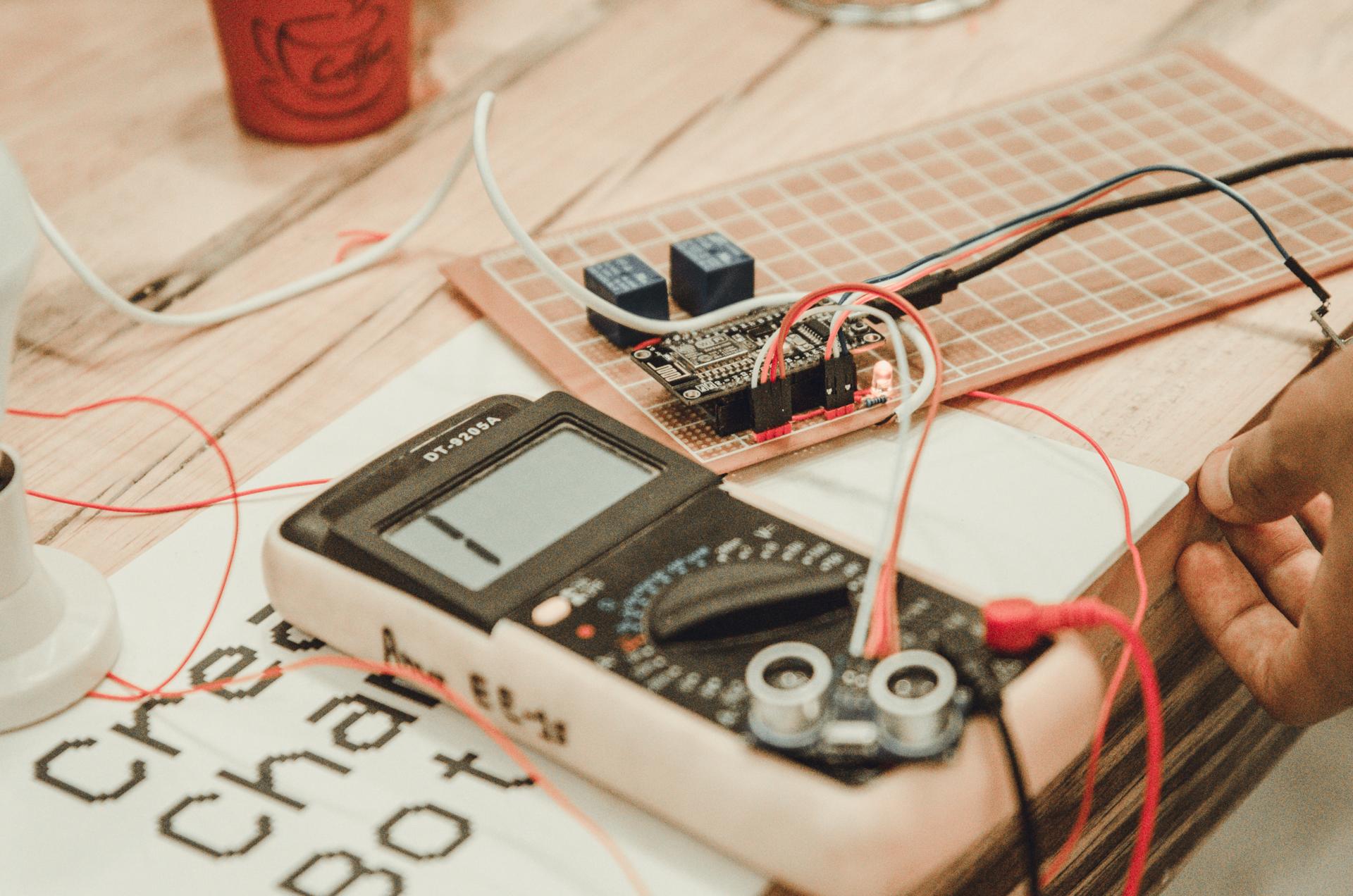A Novice's Tutorial to Conducting an Electric Safety Test at Home

In terms of security in your home, one of the most crucial aspects to be considered is electrical safety. Testing for electrical safety is the process of checking the electrical system in your home to ensure that it’s safe and current. In this article we’ll give you information on what the electrical safety tests are, what tools you’ll require in order to carry them out, how to carry out the tests and what warning signs to be on the lookout for.
What’s the definition of an Electrical Safety Test?
An electrical safety test is the procedure of examining the electrical system within your home to make sure it’s safe and functioning in a proper manner. Safety tests for electrical appliances are crucial because they can help avoid electrical fires and accidents and also ensure the long-term durability that your electric system has.
Equipment Required to conduct an electrical Safety Test
To conduct an electrical safety test you’ll require a few basic equipment. They include the voltage tester as well as a continuity tester, a circuit tester, as well as outlets tester. The voltage tester is used to look for live circuits, while the continuity tester looks for broken circuits. The circuit tester is utilized to check for wiring faults, and the outlet tester is utilized to identify wiring problems in the outlets. It is crucial to use these tools correctly to get accurate results.
How do I Conduct an Electrical Safety Test
To conduct an electrical safety test at your home Follow these steps:
Turn off the power to the circuit you’re testing.
Utilize the voltage tester to check whether there are live circuits.
Use the test for continuity to check for broken circuits.
Use the circuit tester to check for electrical faults.
Make use of the outlet tester to look for electrical problems in the outlets.
During the process of testing make sure you look for evidence of wear or damage on the wiring for example, broken or frayed wires burn marks as well as loose or damaged connections. If you find any issues that need attention, you must address them as soon as possible to avoid potential hazards.
Signals of electrical problems to be Watchful for
There are several warning signs that could signal electrical problems in your home. They include flickering light bulbs and frequent circuit breaker trips, buzzing or crackling sounds emanating from outlets, the appearance of outlets that are discolored or hot and a smell of burning. If you spot any warning signs, it’s important to act immediately to prevent potential electrical hazards.
Conclusion
Electrical safety tests are crucial to ensure the safety of your home and family. Through regular testing and fixing any issues quickly to avoid any potential dangers to your electrical system and prolong the life of your electric system. If you need help in electrical repairs or testing, don’t hesitate to contact Local Electrician Hornsby. Our experienced team can offer you expert advice and assistance. Contact us via 1300 941 876 to schedule an appointment or to request a quote.
FAQ Section
When should I conduct an electrical safety test at my home?
We recommend conducting tests of electrical safety at least every year.
Do I have the ability to conduct an electrical safety test by myself or do I require a professional?
Although it’s possible to conduct tests for electrical safety on your own however, it’s advised to employ a professional to ensure accurate results and prevent potential hazards.
Which are the top common electrical issues that are discovered during an electrical safety test?
The most common electrical problems found during a safety test comprise faulty wiring, overloaded circuits, and outdated electrical systems.
What do I do if find an issue in the electrical safety test?
If you find an issue when you conduct the electrical safety check it is important to act quickly. This could include calling an expert electrician to resolve the issue, or replacing faulty equipment.
